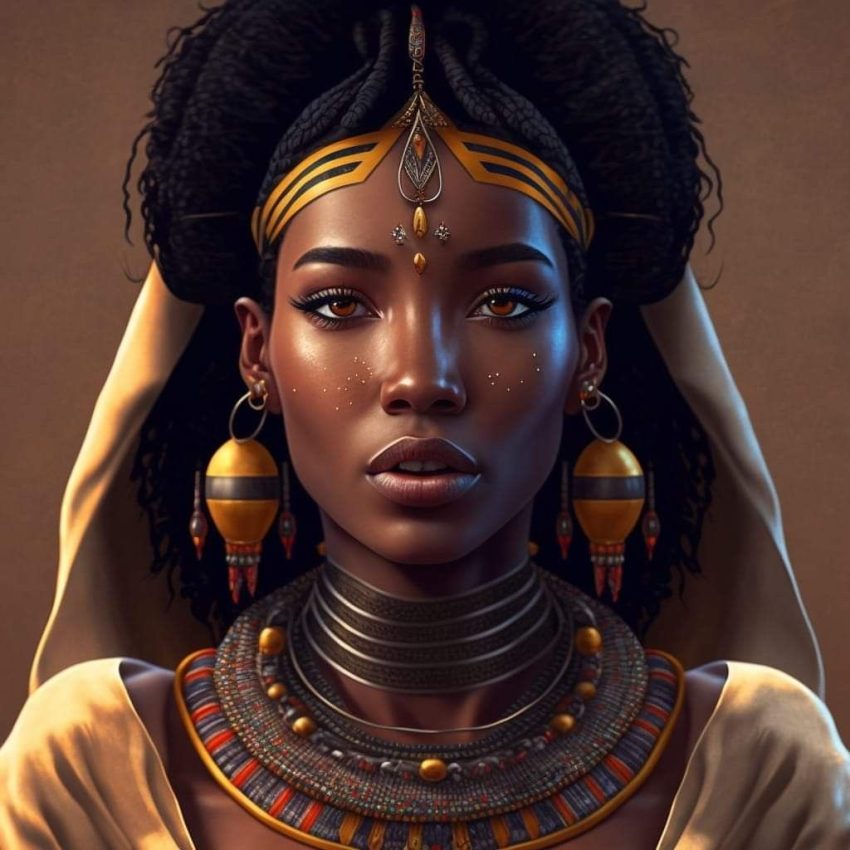The world of Black Art is a profound reflection of heritage, struggle, triumph, and creative expression that permeates various aspects of life and history. This realm of artistry encapsulates a spectrum of mediums and styles, offering a rich tapestry of cultural significance.
The Historical Roots of Black Art
Black Art has deep roots that trace back to ancient African civilizations. From the intricate carvings of the Yoruba people to the timeless elegance of Egyptian hieroglyphs, it is evident that the African continent has a storied tradition of artistic brilliance. These early forms of Black Art laid the groundwork for future generations of African and African American artists.
Read more about Black Art here.
The Harlem Renaissance: A Flourishing of Black Creativity
The early 20th century witnessed a transformative era for Black Art during the Harlem Renaissance. This period saw an unprecedented explosion of artistic expression among Black artists, writers, musicians, and intellectuals. Figures such as Langston Hughes, Aaron Douglas, and Zora Neale Hurston played pivotal roles in crafting a unique cultural identity through their works, highlighting the resilience and vibrancy of the Black community.
Aaron Douglas: A Pioneer of Black Art
Aaron Douglas, often referred to as the “father of Black American art,” revolutionized the visual landscape with his compelling murals and illustrations. His work combined African motifs with contemporary themes, creating a distinctive style that symbolized the essence of the Harlem Renaissance. Through his art, Douglas conveyed powerful messages of social justice, racial pride, and unity.
The Civil Rights Movement: Art as Activism
During the Civil Rights Movement, Black Art emerged as a potent form of activism. Artists used their work to challenge systemic racism and advocate for equality. The Black Arts Movement, spearheaded by Amiri Baraka and other influential artists, emphasized the importance of creating art that directly addressed the political and social issues of the time.
The Impact of Visual Art
Visual artists such as Faith Ringgold and Romare Bearden utilized their talents to vividly depict the strife and resilience of the Black experience. Bearden’s collages and Ringgold’s story quilts served as both artistic masterpieces and historical documents, preserving the narratives of the Civil Rights era for future generations.
Contemporary Black Art: Voices of Today
Today, Black Art continues to evolve, with contemporary artists exploring diverse themes and mediums. From Kehinde Wiley’s striking portraits to Kara Walker’s provocative silhouettes, modern Black Art challenges perceptions and sparks critical conversations about race, identity, and history.
Kehinde Wiley: Redefining Portraiture
Kehinde Wiley has garnered international acclaim for his reimagined portraits that place Black subjects in the grand tradition of European art history. By doing so, Wiley not only celebrates Black culture but also critiques the art world’s historical exclusion of non-white faces from canonical works.
The Global Influence of Black Art
The impact of Black Art extends far beyond the African American community, resonating with audiences around the globe. African diaspora artists in Europe, the Caribbean, and Latin America continue to shape the global cultural landscape with their unique perspectives and artistic contributions.
Art Collectives and Galleries
Collectives and galleries dedicated to Black Art, such as the Studio Museum in Harlem and the Tate Modern’s “Soul of a Nation” exhibition, provide platforms for artists to showcase their work and share their stories. These institutions play a crucial role in preserving and promoting the legacy of Black Art.
Black Art is not merely a genre but a powerful narrative force that captures the essence of a people’s journey. It is a testament to the indomitable spirit and boundless creativity that continues to inspire and influence the world. As we delve deeper into the tapestry of Black Art, we uncover not just the history and culture of Black communities but the universal truths of humanity’s quest for expression, recognition, and justice.

